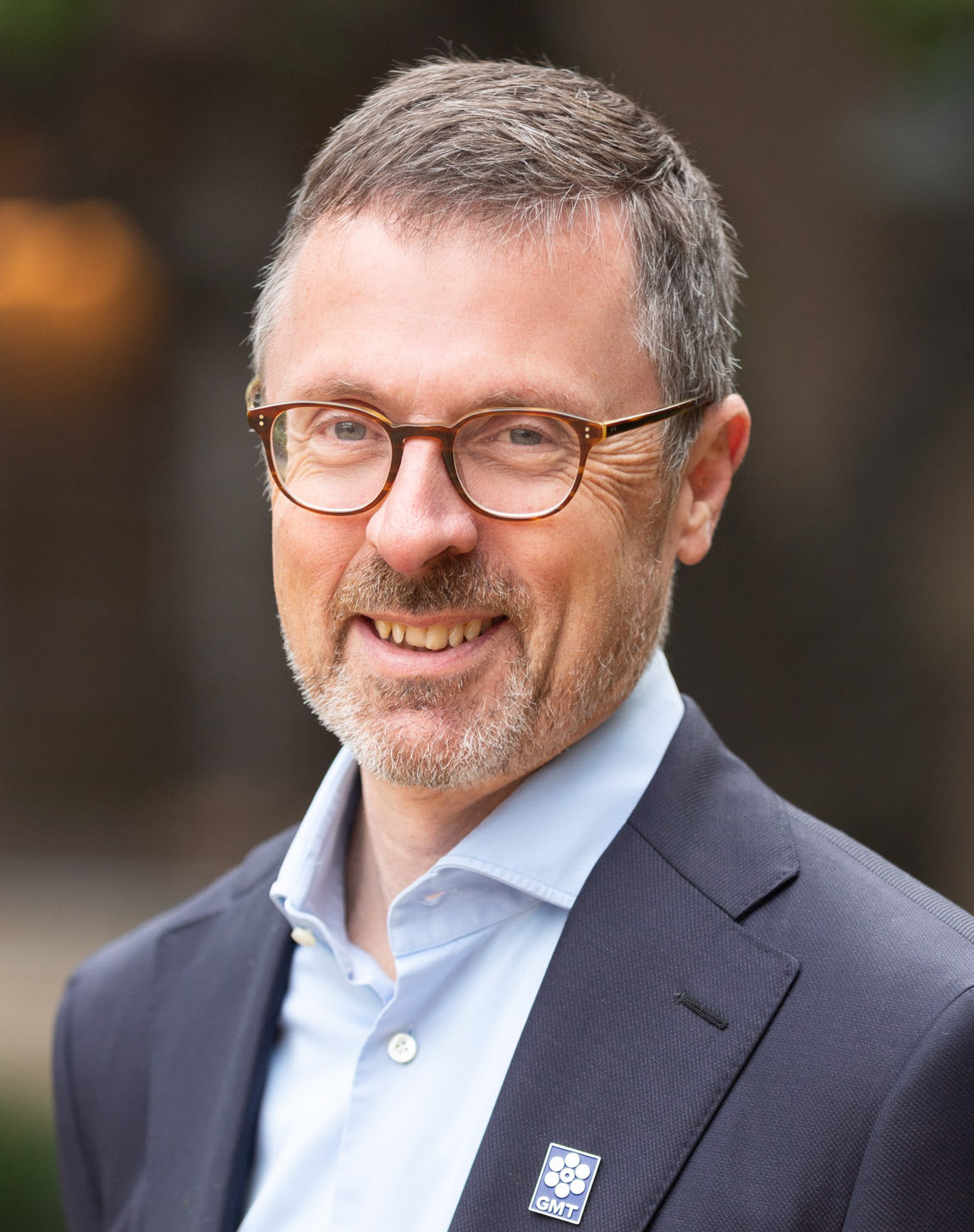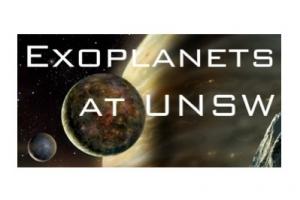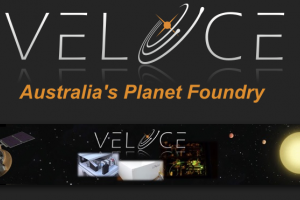
My Expertise
- Potentially habitable extrasolar planets and the Hunt for Other Earths
- The search for Extrasolar Planets, especially using precision radial velocities
- Instrumentation for precise radial velocities
- Brown dwarfs (i.e. failed stars too small to burn nuclear fuel)
- M dwarf stars (the smallest mass stars we know of)
Keywords
SEO tags
Biography
I head the Exoplanetary Science at UNSW research group within the Australian Centre for Astrobiology, in the School of Physics. My research interests are centered on “exoplanets” (planets that orbit other stars), as well as the very cool low-mass “star-like” bodies known as brown dwarfs (which share many properties with exoplanets). The study of both these classes of object tell us how stars and planets form and evolve, which is key to...view more
I head the Exoplanetary Science at UNSW research group within the Australian Centre for Astrobiology, in the School of Physics. My research interests are centered on “exoplanets” (planets that orbit other stars), as well as the very cool low-mass “star-like” bodies known as brown dwarfs (which share many properties with exoplanets). The study of both these classes of object tell us how stars and planets form and evolve, which is key to understanding how prevalent habitable environments are near the Sun, throughout the Galaxy and elsewhere in the Universe. I have worked at Observatories and Universities in Australia, Europe and the USA, and carry out my research with in concert with collaborators across Australia, Europe, the UK, USA and Chile.
Education
PhD in Astronomy (California Institute of Technology, 1992)
BSC Hons in Physics (University of Sydney, 1987)
RESEARCH
My Research Goals
- Discovery and Study of Exoplanets
- Discovery and Study of very cool “Brown Dwarfs”
- Using the properties of these classes of objects to inform our uderstanding of how stars and planets form
- Combining all this data to understand how prevalent habitable environments are in the Universe
My Research in Detail
My group works on projects ranging from
- using the new UNSW-led Veloce instrument to understand the masses (and so densities) of potentially Earth-like planets discovered by NASA's TESS satellite.
- studies of transiting planets to determine the alignment of their orbit with their host-star’s rotation axis,
- new techniques for mitigating the impact of the intrinsic instability of exoplanet host stars on the detection of their planets
- discovering and studying the coolest Y-type brown dwarfs in the Solar Neighbourhood using data from NASA's WISE satellite.
We are also actively pursuing new technologies for searching for exoplanets - especially the use of image slicing fibre technologies for improving spectrograph performance, the use of fibre technologies for removing spatial information from the entrance apertures of astronomical spectrographs, and for smashing the current cost-paradigms for high-resolution spectrographs on large aperture telescopes.
We have built a new high-resolution spectrograph for the Anglo-Australian Telescope caledl Veloce. Ituses image slicing and an innovative asymmetric white pupil design to deliver an extremely cost-effective high-resolution facility, enabling world-leading Doppler spectroscopy on the AAT well into the next decade, as well as replacing and expanding the facilities offered by the previous high resolution spectrograph on the AAT. Veloce has been in operation at the AAT for over 3 years now, and is in the process of being expanded with another 2 arms to provide simultaneous coverage of the entire optical wavelength range in a single exposure.
We work closely with colleagues within the Australian Centre for Astrobiology to examine the impacts of our exoplanetary discoveries on the question of habitable environments outside the Solar System - especially with the members of Prof. Jeremy Bailey's Planetary Science group, here within the Astrophysics Department.
Current Student Projects (PhD and Honours)
- Using the Veloce instrument to measure the masses potentially Earth-like planets discovered by NASA's TESS satellite.
- Commisisoning the two new spectrograph arms in Veloce in 2022, tripling the instrument's wavelength coverage
- Improving the velocity measurement precision of Veloce by working on its processing system.
Supervision Opportunities/Areas
In addition to the specific projects listed above, there exists substantial scope for projects based on the broad research areas being pursued in our group (see above). Some of these projects will be more targeted at observations, others at simulations, and others at heavy-duty data analysis. An ideal thesis project will contain aspects of all these, but the projects can be tuned to suit the specific skills and interests of students.
Advice for prospective students
The most important advice I always give to students is “choose the supervisor – not the project”. A research project will engage much of your attention for a substantial period of time. And that works best if you get on with the people you work with. So talk to different potential supervisors, and their students and their post-docs and their colleagues. Then decide what you want to do based on how well you think you’ll work in those teams.
I consider my job as a researcher to be about the best job one could possibly have – every day there is the possibility I will discover something about the Universe that no one has ever known before. And I get to do that with clever, motivated and exciting colleagues on some of the world’s largest optical/infrared telescopes.
If you are excited by the idea of discovering other worlds, and then exploring their properties using detailed observations on telescopes spread around the world, then get in touch!
TEACHING & OUTREACH
Courses I teach
PHYS1160: Astronomy
PHYS1121/1131/1141: First year Physics 1A
PHYS1111: Fundamentals of Physics
Professional affiliations and service roles
I am member of the Giant Magellan Telescope Organisation's Board of Directors.
I am a Fellow of the Astronomical Society of Australia, and a member of the American Astronomical Association and the International Astronomical Union.
My Qualifications
- PhD in Astronomy, California Institute of Technology (1993)
- BSc (Hons) in Physics, University of Sydney (1987)
My Awards
- 2013 NSW Science and Engineering Award for Excellence in Mathematics, Earth Science, Chemistry and Physics
- 2013 Australian Research Council Discovery Outstanding Researcher
- 2012 26th Harley Wood Lecturer of the Astronomical Society of Australia
- 2007 Australian Research Council Australian Professorial Fellow
My Research Supervision
Supervision keywords
Areas of supervision
Research projects in exoplanetary science and brown dwarfs.


